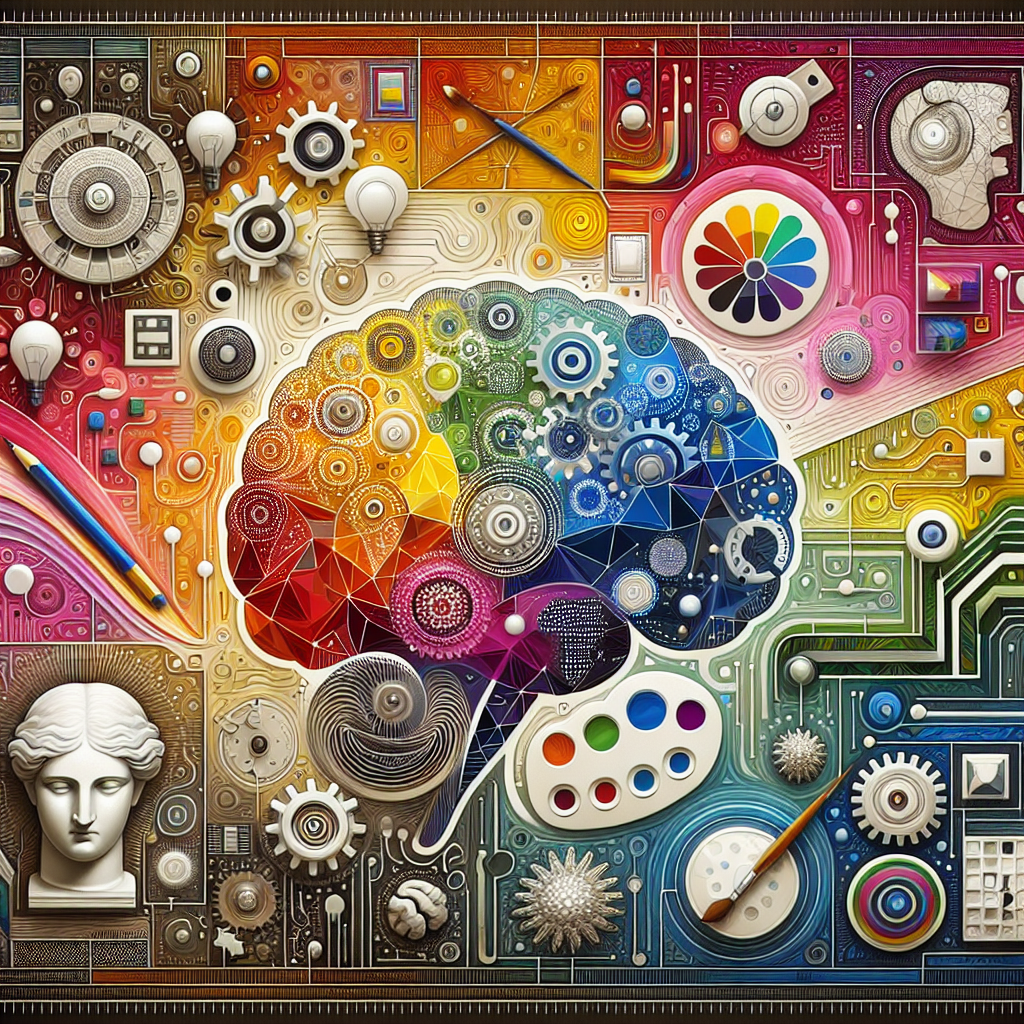The Art of AI: Exploring Machine Learning in Visual Arts
Artificial intelligence (AI) has been making significant strides in various fields, including healthcare, finance, and transportation. However, one of the most exciting applications of AI is in the field of visual arts. Machine learning, a subset of AI, has been used to create stunning pieces of art, pushing the boundaries of creativity and innovation.
Machine learning in visual arts involves training algorithms to recognize patterns and generate new images based on those patterns. This process allows artists to explore new techniques, styles, and perspectives that may not have been possible using traditional methods. In this article, we will explore the art of AI and how machine learning is revolutionizing the world of visual arts.
The Evolution of Machine Learning in Visual Arts
Machine learning has been used in visual arts for several years, but recent advancements in technology have allowed for more complex and sophisticated applications. Artists and researchers have been experimenting with machine learning algorithms to create new forms of art that challenge traditional notions of creativity and artistic expression.
One of the most well-known applications of machine learning in visual arts is the creation of deep learning algorithms that can generate images based on a set of input data. These algorithms are trained on large datasets of images and learn to generate new images that mimic the styles and characteristics of the original images. This process, known as style transfer, has been used to create stunning works of art that blend different styles and techniques.
Another popular application of machine learning in visual arts is the use of generative adversarial networks (GANs) to create realistic images that are indistinguishable from those created by human artists. GANs consist of two neural networks – a generator and a discriminator – that work together to create images that are both realistic and original. This technology has been used to create paintings, sculptures, and even virtual reality experiences that challenge our perceptions of art and reality.
The Impact of Machine Learning on the Art World
The use of machine learning in visual arts has had a profound impact on the art world, leading to new forms of creativity and collaboration. Artists are now able to explore new techniques and styles that were previously inaccessible, pushing the boundaries of what is possible in art.
Machine learning has also democratized the art world, allowing artists of all skill levels to experiment with new technologies and create unique works of art. This has led to a proliferation of digital art galleries and online platforms where artists can showcase their work and connect with other artists and enthusiasts.
In addition, machine learning has enabled artists to collaborate with AI systems to create new forms of art that blend human creativity with machine intelligence. This collaboration has led to the creation of artworks that are both innovative and thought-provoking, challenging our perceptions of art and technology.
FAQs:
Q: How does machine learning work in visual arts?
A: Machine learning algorithms in visual arts are trained on large datasets of images to recognize patterns and generate new images based on those patterns. This process allows artists to explore new techniques, styles, and perspectives that may not have been possible using traditional methods.
Q: What are some popular applications of machine learning in visual arts?
A: Some popular applications of machine learning in visual arts include style transfer, generative adversarial networks (GANs), and deep learning algorithms that can generate realistic images that are indistinguishable from those created by human artists.
Q: How has machine learning impacted the art world?
A: Machine learning has had a profound impact on the art world, leading to new forms of creativity and collaboration. Artists are now able to explore new techniques and styles that were previously inaccessible, pushing the boundaries of what is possible in art.
Q: Can artists collaborate with AI systems to create art?
A: Yes, artists can collaborate with AI systems to create new forms of art that blend human creativity with machine intelligence. This collaboration has led to the creation of artworks that are both innovative and thought-provoking, challenging our perceptions of art and technology.
In conclusion, the art of AI is a fascinating and rapidly evolving field that is revolutionizing the world of visual arts. Machine learning algorithms are enabling artists to explore new techniques, styles, and perspectives that were previously inaccessible, pushing the boundaries of creativity and innovation. As technology continues to advance, we can expect to see even more exciting applications of AI in the art world, creating new possibilities for artists and audiences alike.

